JAMES BOWIE
Texas Fighting Man
JAMES BOWIE
Texas Fighting Man
A BIOGRAPHY
CLIFFORD HOPEWELL
EAKIN PRESS
 Fort Worth, Texas
Fort Worth, Texaswww.EakinPress.com
| Copyright 1994 By Clifford Hopewell Published By Eakin Press An Imprint of Wild Horse Media Group P.O. Box 331779 Fort Worth, Texas 76163 1-817-344-7036 www.EakinPress.com ALL RIGHTS RESERVED 123456789 ISBN-10: 1-68179-153-6 ISBN-13: 978-1-68179-153-1 |
Library of Congress Cataloging-in-Publication Data
Hopewell, Clifford, 1914-
James Bowie: Texas fighting man / by Clifford Hopewell. 1st ed.
p. cm.
Includes bibliographical references and index.
1. Bowie, James, d. 1836. 2. Alamo (San Antonio, Tex.)HistorySiege, 1836. 3. PioneersTexasBiography. 4. TexasBiography.
I. Title.
F389.B8H661993
976.4'03'092dc20
ALL RIGHTS RESERVED. No part of this book may be reproduced in any form without written permission from the publisher, except for brief passages included in a review appearing in a newspaper or magazine.
This book is dedicated to
my parents,
Emily and Harry Hopewell.
Jacob Buzzard (left) and James Black, blacksmith of Washington (Hempstead County), Arkansas. Black is the reputed inventor of the Bowie knife. (Collection of Stanley Dee Pruitt, great-great-grandson of Black)
Contents
By Hercules! The man was greater than Caesar or Cromwell well Nay, Nearly equal to Odin or Thor. The Texans ought to build him an Altar!
THOMAS CARLYLE,
English essayist and historian,
speaking of James Bowie
Preface
As a native-born Texan whose favorite subject in school was history, I have long been fascinated with the states past. Of particular interest to me are the men who shaped the destiny of the state in the early nineteenth century, and who played such a vital part in wrenching it from Mexico and becoming an independent nation. Men such as Stephen F. Austin, Sam Houston, James Bowie, William Travis, James Bonham, James Fannin, Davy Crockett, Thomas J. Rusk, Mirabeau B. Lamar, and others. All were heroes, and there was even a villain in the person of the pompous Santa Anna. Although he was not a participant in the Texas Revolution, the charming scoundrel and pirate Jean Lafitte has also intrigued me.
Like many people, I have my heroes. My two favorite heroes of Texas history are Gen. Sam Houston and his good friend James Bowie. I have already written the story of Houston in another biography. This volume focuses on the complex Bowie, whose fame as the wielder of the Bowie knife is legion.
Bowie was far from a saint; however, with his leadership qualities he might have been one of Sir Francis Drakes captains, or a general under Napoleon or a leader in the American Revolution under Washington. As it was, his destiny led him to the Alamo, to death and to glory and a lasting shrine in the pantheon of Texas heroes.
In researching Bowie I found many gaps in his life. Constantly on the go, there are many periods of several years where nothing is known of his whereabouts or activities. And of the many stories about this man, one wonders what is fact, what is legend, and what is myth. Sometimes they all merge, making it difficult to assess the real man. Yet two things are abundantly clear. In the wielding of his Bowie knife, the man was a deadly fighting machine. And in his love life the fates were exceedingly unkind. Prior to his marriage with the lovely Ursula de Veramendi, he had had unhappy love affairs with several women. Then, when he found happiness in his marriage, a cholera epidemic wiped out his wife of less than three years, their two children (it is doubtful if he even saw his youngest child, a boy), and his wifes family. He was never the same man again.
Among some knife fanciers there are questions as to whether the Washington, Arkansas, blacksmith by the name of James Black invented the Bowie knife as we know it today, or whether he even made one later. After consulting historians and men knowledgeable about knives, I am convinced that Black made at least one Bowie knife. There is at present a knife, reputed to be the one Bowie used at the Alamo, in the possession of a gentleman in California. At this late date there is no proof that this instrument was ever in the possession of Bowie, but my research leads me to believe there is an excellent chance Bowie used that particular weapon in the defense of the Alamo.
Books, magazines, newspapers, courthouse records, and other material researched for this book are mentioned in the body of the work, the footnotes, and bibliography. Until previously unpublished material is gathered, I believe this book to be as accurate an account of the life of James Bowie as is possible. It goes without saying that any errors of fact are mine.
Acknowledgments
Many people have helped me on the research of this book, and I am grateful to them all.
Jeanette C. Phinney, Bernice Strong, and the staff of the Daughters of the Republic of Texas Library at the Alamo; Ralph Elder and staff of the Center for American History, University of Texas at Austin; and the staff of the Texas State Archives in Austin all showed every consideration in making their facilities available to me and providing me with information about the fascinating James Bowie. Charles J. Long, former curator of the Alamo, was very helpful.
Bill J. Hughes, dean of students at Texarkana Community College, and Jim Batson are both noted authorities and knife collectors. Both provided me with much information about the Bowie knife and James Black, who reputedly invented the knife as we know it today. Batson, in particular, furnished me from his files much valuble information about Colonel Bowie and his family, as well as the Battle of the Sandbar, and he and I spent many pleasant hours in San Antonio and Austin digging up information about the colorful Bowie. Robert L. Tarin, Jr., archivist of Bexar County, was of immeasurable help in tracking down old records pertaining to Bowie and the Veramendi family. William R. Williamson., another noted authority on knives, provided me with important information about the Bowie knife and James Black. John D. Stokes came through with facts about the knife currently owned by Bart Moore and allegedly used by Bowie at the Alamo.
Thanks to Edmund C. Bowie, descendant of the famous James Bowie, who provided information heretofore unreported about some of the women in Bowies lovelife prior to his meeting Ursula de Veramendi. Both Don Montgomery, historian, and his torical interpreter of the Old Washington Historic State Park, Washington, Arkansas, and Stanley Dee Pruitt, great-great-grandson of James Black, dug into their records and provided much valuable information about the private life of James Black. I was fortunate to be put in touch with Alan Chapman of New Zealand. Chapman, a fan of the famous Bowie, was a source of much information about Stephen Bowie and various land transactions made in conjunction with his famous brother.

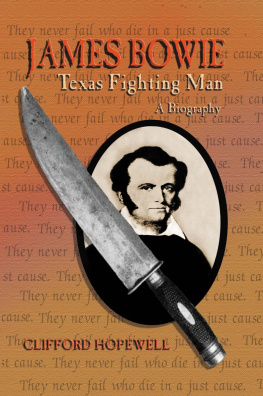
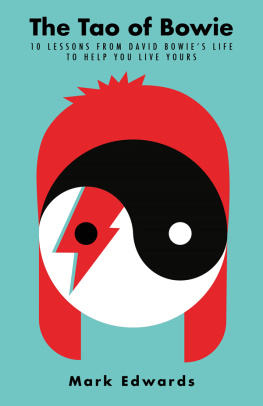
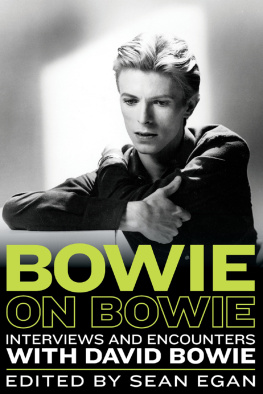
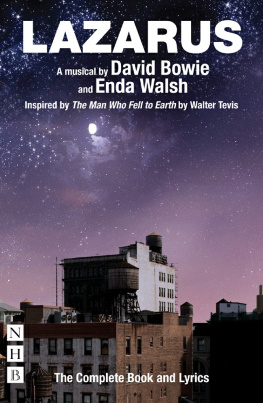

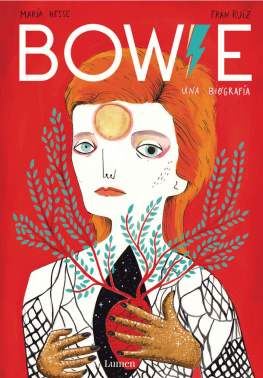
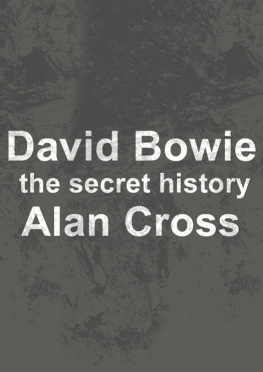
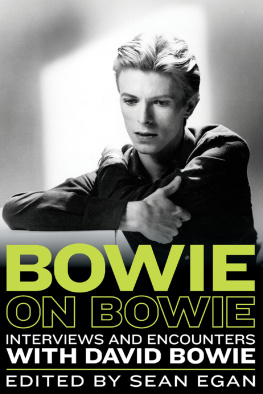
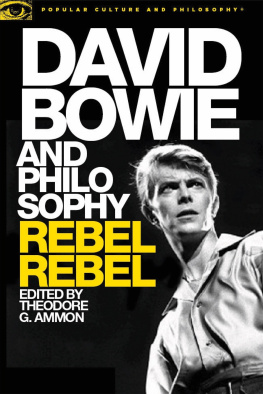


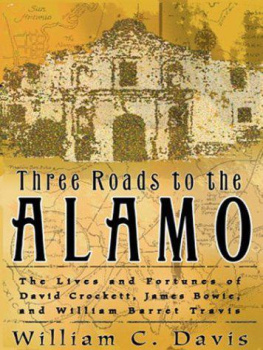


 Fort Worth, Texas
Fort Worth, Texas
